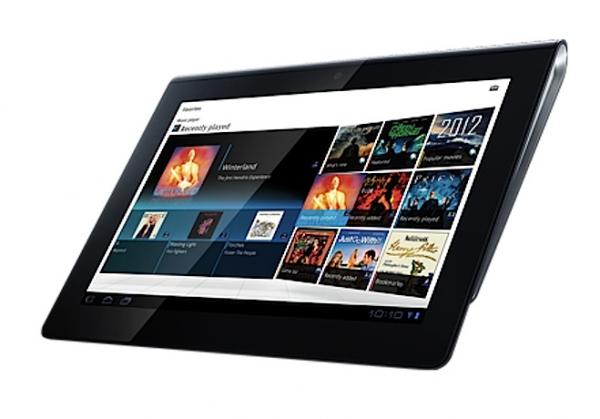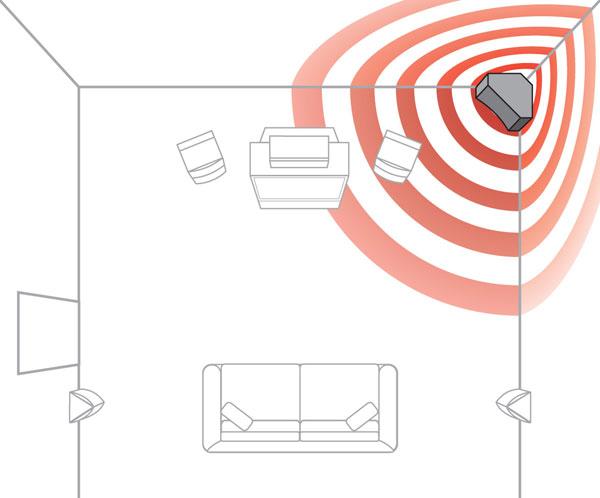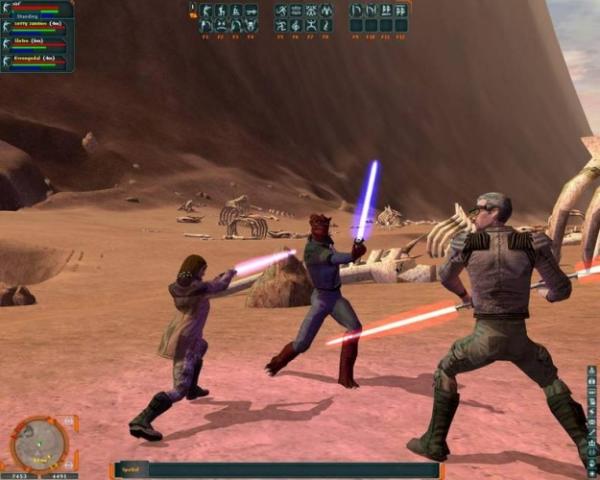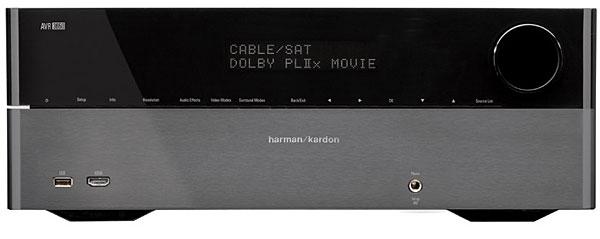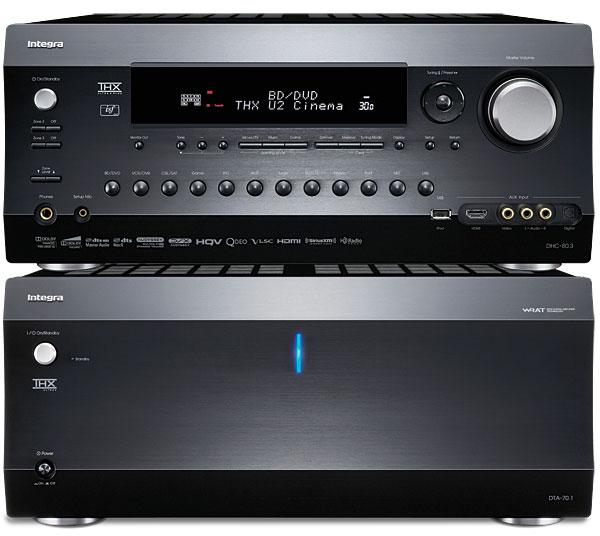LATEST ADDITIONS
|
Dec 30, 2011
Today's post in Steve Guttenberg's Audiophiliac blog is entitled, "How much bass is too much bass?" In it, Steve asks his readers to reveal how much bass they prefer. This inspired me to ask HomeTheater.com readers a related question: Where do you put your subwoofer(s)? After all, a sub's placement has a big impact on the amount of bass you hearputting it in a corner (illustrated above) boosts the bass more than putting it against a wall, which in turn provides more bass boost than placing it away from the walls.
Aside from sheer bass level, optimum subwoofer placement depends as much or more on the room's resonant modes and how well they can be controlled. Another factor is domestic tranquilitymost partners of home-theater buffs don't want a huge sub sitting in the middle of the room.
So where do you put your subwoofer(s)? Why did you make that choice? Was it for bass boost, room modes, the spouse-acceptance factor, or some combination thereof?
Vote to see the results and leave a comment about your choice.
|
Dec 29, 2011

